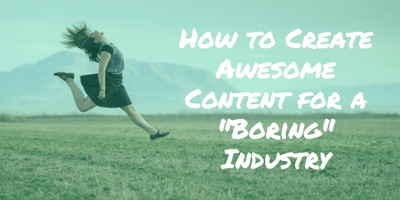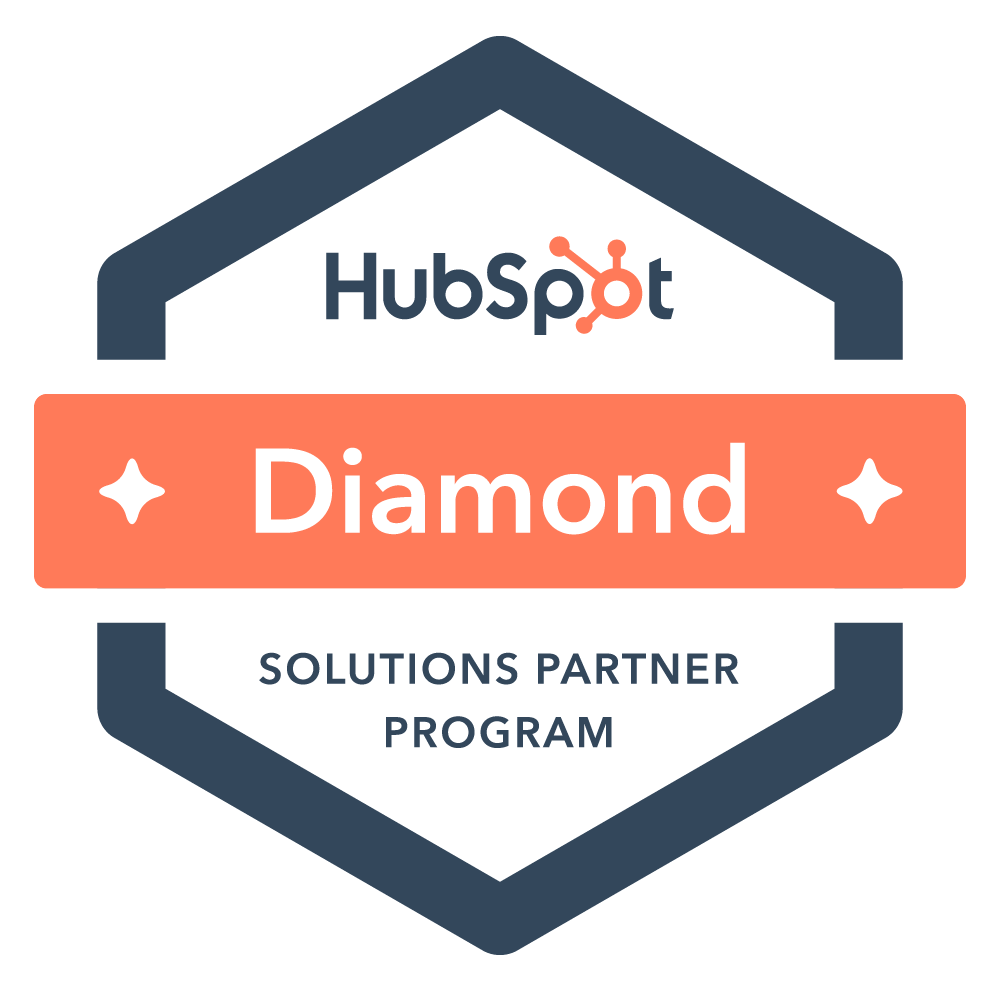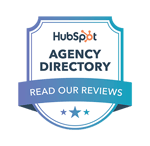Recently I attended the Digital Marketing World Virtual conference which featured keynote speakers Brian Clark and Sonia Simone of Copy Blogger. During the keynote, they covered what’s called the 5A Framework for Content Marketing. Here are my key takeaways from the presentation:
Authenticity
Content strategists frequently stress authenticity, and they have been for a while. There's a reason everyone always brings this up, and Brian and Sonia make sure to add another level of context around it.
True authenticity is the practice of communicating with real people the story of your company and how it solves your customers problems. They recommend turning your content into something similar to the magazine and radio stories that people care about and share.
Another tip is to search audience archives for keyword research instead of relying on buyer personas. Learn how people actually talk about a topic and find out what resonates with customers. This is harder than it sounds, so be prepared to set aside blocks of time just for this research. Your first searches on a topic will pull up business tweets and business Facebook pages. Go deeper to find blog articles on a topic with comments from readers.
Attention
Gaining the attention of a prospect is very hard to do in a highly competitive online environment. Your content has to be worth reading and sharing. You need to develop great headlines and hooks to get the readers attention. Your content needs to be user friendly. You also need to learn how to promote your content behind the scenes through your networks. The key is to nurture your audience to pay attention to your message over time.
Authority
Brian and Sonia described authority as the central temple that holds everything else up. A company has to earn and demonstrate authority. You have to continuously give content of value. If you want others to look at you as the expert, you have to earn that distinction.
A proof of authority is when a minimum viable audience is sharing your content. They give you meaningful feedback and ultimately you are looking for your audience to tell you what they need. With this level of feedback you can improve your product and service offerings in rapid iterations.
Quality content can differentiate your company’s products or services from a commodity offering to a preferred brand.
Action
The key to Content Marketing is to get your audience to take action. This is achieved through carefully crafted calls to action for top of the funnel offers such as a newsletter sign up, or action later in the sales cycle such as a price list or request for a sales call. The goal is to provide the content to the prospect at the right point in the sales cycle and to develop a relationship with the prospect along the way. Lead nurturing can be a great delivery mechanism for doing just that.
In future articles we will share lead nurturing techniques.
Acceleration
Once you have developed your content marketing program and you are seeing results, it’s time to take the program to the next level. Organic search becomes your competitive advantage. Develop alliances and new partners to further strengthen your message.
Tell stories of how your product is helping customers and not just in the traditional customer testimonial approach, but learn how to tell the story by positioning your customer as the hero and your company as the mentor.
How does your company’s product solve customers problems or meet their personal desires? These are the questions you need to ask yourself when developing your key messages and content strategy.
The keynote also discusses in more detail ways to use agile content and how you can make your customer the hero. I highly recommend viewing the original presentation, which you can find at Digital Marketing World.












